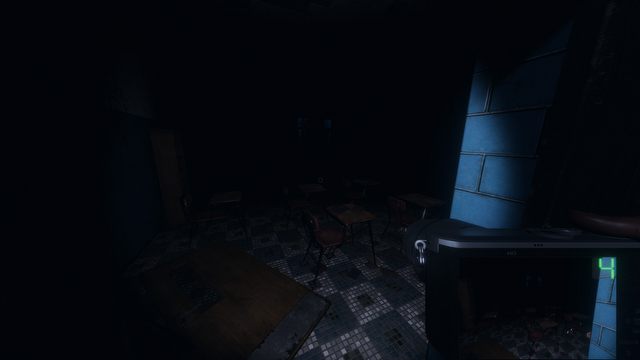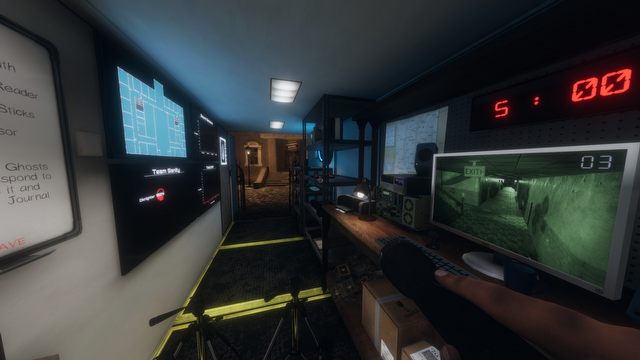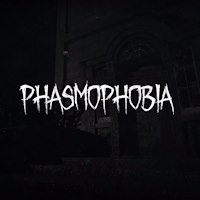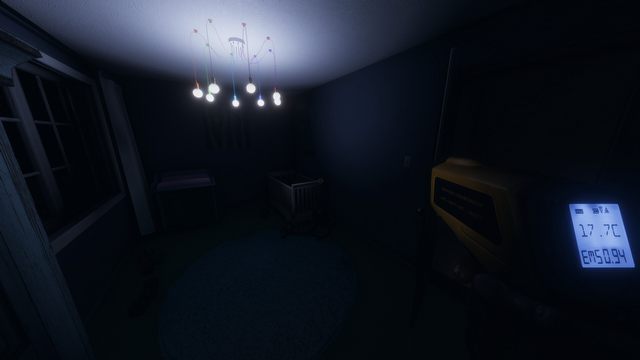Phasmophobia Will Give You the Creeps... Unless You're Playing With Friends
However, with a few simple tricks, Phasmophobia intensifies everything that we have experienced so far in the classics, making us pant out of fear, but you can't abuse it.
The review is based on the PC version.
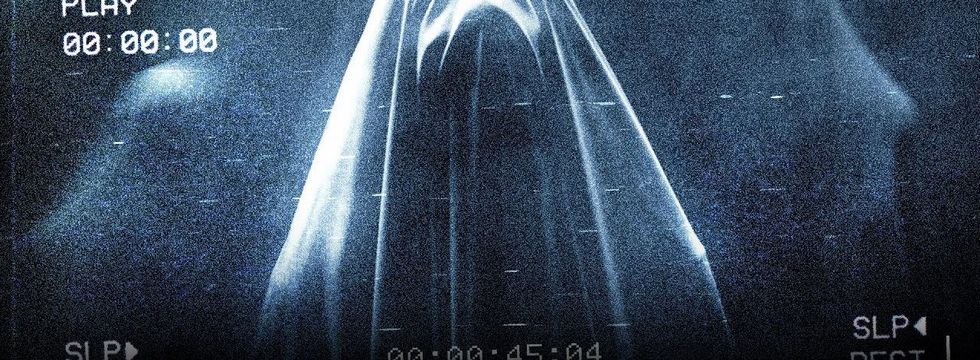
The premise of Phasmophobia, the debut horror game from Kinetic Games, is simple – we become a ghost hunter (sort of like Ed and Lorraine Warren), whose task is to investigate haunted places, locate the bogeys hiding in them and assess what type of supernatural entities are we dealing with, based on the evidence collected during an investigation. This game isn't about catching ghosts like in Ghostbusters, though – you just have to identify the threat and then... make it out alive. So it seems this game is quite original, unlike anything else we've played. And that's just the beginning.
Terrifyingly good?
One of the main goals of evaluating every haunted place, a job you can select from the menu of available missions (there are a few of them so far), is to determine what entity dwells in a given location. To do that, you need to get three pieces of evidence of the existence of the paranormal being. How to collect them? By exploring the haunted locations, of course. At our disposal there's typical hardware of any ghost hunter – magnetic field detectors, thermometers, motion and infrared sensors, and a ton of other things that you will irreversibly lose if you die.
Each combination of evidence is characteristic of different types of creatures, and there are as many as twelve types of them in the game at the moment – from poltergeists (they can be identified with radio wavelengths enabling making contact with the afterlife, prints, and the so-called ghost orbs visible via night vision), to predatory demons (apart from radio contact they also leave a mark in a special notebook – e.g. writing "die, die, die" or "run" – and significantly lower the temperature). First, however, you should – using the above-mentioned gadgets – locate the favorite spot of the given entity (sometimes it's a room, sometimes a corridor, sometimes a basement, each time selected randomly), and then make it reveal itself. And here, we come to the most interesting thing about this production, which is the use of a microphone.
That's right. The microphone is a very important tool, pretty much mandatory in Phasmophobia, used for communicating with the ghosts. On paper, this sounds abstract, but as we move between different rooms, we can summon the ghost by uttering its name in voice chat, or encouraging it increase activity with ready voice commands such as "give us a sign.".
Sometimes, nothing happens – especially when we ask about the wrong thing or do it in the wrong room – and sometimes, virtual Paranormal Activity blows up in your face, doors and cabinets slam open, objects start whizzing by, and the light starts to blink frantically (or just goes out – depending on the spirit's whim). These situations can give you a heart attack – especially when you sneak into an abandoned place and summon a ghost to suddenly hear footsteps next to you... despite your team mate sitting at the back, in a van (which is a base of operations of sorts, allowing you to monitor the cameras set around, for example).
That's right. It's a game that will give the creeps even to the most seasoned horror players – as long as they observe the game's recommendations in terms of the number of people in a given location. On maps for two ghost hunters, you can still play a four-person game, but people tend to crack up in those games, making it amusing, but not very creepy. However, if we observe the suggested limit, the immersion becomes much cleared, similarly to playing on larger maps (including an abandoned high school) in a team four, when, willy-nilly, you have to split...
I'm really missing...
The game almost constantly produces goosebumps – as long as, of course, you don't abuse it and play 2-3 rounds at a time. Otherwise, with a dripping production atmosphere, it turns into a fairly repetitive title (due to a small number of available locations) and loses the effect of constant tension – although it still manages to frighten you in the least expected moments.
In addition, you can't run (holding Shift allows you to increase speed by... maybe 5%?), which makes running away from the ghost a subject of jokes – although in the first seconds when the ghost appears, no one's really laughing at all, and there is no end to the shouting of irregular profanities. You can also come across dumb bugs – for example, the inability to open the door (the ghost sometimes wants to cut off the escape route – but it is often the case that one of the players cannot open the door at all). The character's animations are also funky (especially when you look up or down, it can be hilarious). There's also been complaints about localizations that seem to have been generated by machines without any human intervention.
All of this makes it easier for the crew to laugh at the scary stuff than really get into the mood. Sometimes it's impossible to be afraid, especially when one person starts poking at the technical imperfections of the game, making us remember the threat is entirely fake. On the other hand, even in company, you can get pretty scared. Remember: it's no shame when everyone hears you scream. It's even better that they hear you squealing – at least it means you're alive.
Despite the complaints, however, it's still version 0.174, and developers have a long way to go to complete the project. But the quality of the game is already decent – at this stage it's surprising that the lighting system actually makes Phasmophobia look better than many games out there. Still, there's plenty of work to be done. Creators should most of all add more new content. We could use more locations, because after a dozen games, they no longer suffice – fortunately, this is somewhat mitigated by the randomness of interiors, which promotes the replayability. I bet, though, that many gamers who already own and enjoy Phasmophobia would pay through the nose for a DLC with new locations and equipment, or maybe with new monster?
If you know any people who claim they have nerves of steel, Phasmophobia is among the best games to test that. And then try it in VR...
EXACTLY, WHAT'S UP WITH VR?
Were you afraid of the dark as kids? If so, there's a good chance a VR session in Phasmophobia will let you remember that fear well. Such gameplay is a completely different experience than playing in front of a monitor, the darkness is pervasive and simply consumes us, which makes it easier to give in to the atmosphere. The game definitely elicits certain reflexes, not all of them pleasant. I also have to warn against playing VR when there are others in the room: getting your leg grabbed is not funny at all, unless you're doing the grabbing. In that case, though, you're risking getting your head smashed with the controller.
As for the technical side of the VR – Phasmophobia isn't Boneworks or HL: Alyx. Interaction with objects is quite limited, you can't move them from hand to hand, you can't freely pick them up and pull them towards you. Then, if you want to edit VR settings, you need to go back to the main menu. You can switch between free movement and teleportation, as well as turning around smoothly or making snap turns – and I recommend the latter. Despite some difficulties in setting up Phasmophobia, the game's practically begging you to play it in VR.
T_Bone
